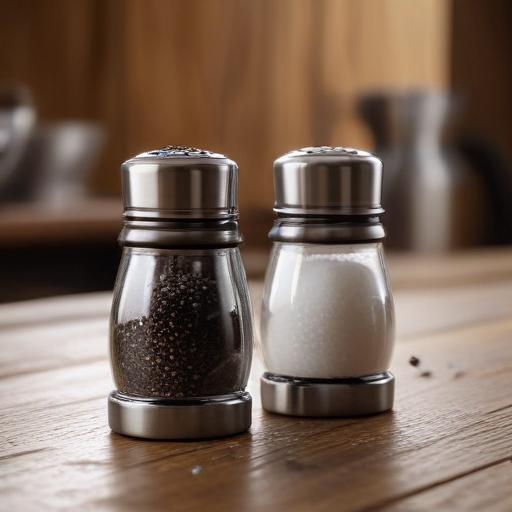Salt and pepper remain the quintessential seasoning duo, celebrated for their ability to enhance flavors and elevate dishes across various cuisines. These two ingredients have transcended mere culinary staples, becoming symbols of complementary pairings in kitchens and dining tables around the world.
At Eggy’s Diner, patrons can expect to find these seasonings waiting at every table, whether they are ready to order or not. While some may prefer to use only one, like customer Vince Henry who favors pepper for its ability to add a subtle kick without overwhelming spice, others, like Chef Mary Matthews, embrace both for their diverse offerings.
Chef Matthews, who teaches at the Way Cool Cooking School in Eden Prairie, shares a fascinating historical tidbit: King Louis XIV of France was known for his reluctance to consume spices, except salt and pepper. These seasonings were not only staples of the royal table but also represented a journey of culinary evolution from luxury to everyday use, especially as pepper, once imported from Southeast Asia, became more accessible in Europe.
Matthews suggests some key practices for using salt effectively in cooking—applying it during meal preparation to draw out moisture, seasoning throughout the cooking process with tasting, and finishing with a coarser salt for texture and flavor enhancement. Similarly, for pepper, she recommends using a grinder for the freshest flavor, and offers advice on selecting variations like white or green peppercorn for those looking for milder notes.
When asked about adding another seasoning to the famous duo, Matthews humorously considers it akin to choosing a favorite child. However, she admits that spices like cumin, coriander, and paprika can bring unique flavors that pair well with salt and pepper, yet none can truly replace the lasting legacy they share.
These insights highlight not just the culinary significance of salt and pepper, but also their rich history and enduring popularity in kitchens worldwide.
